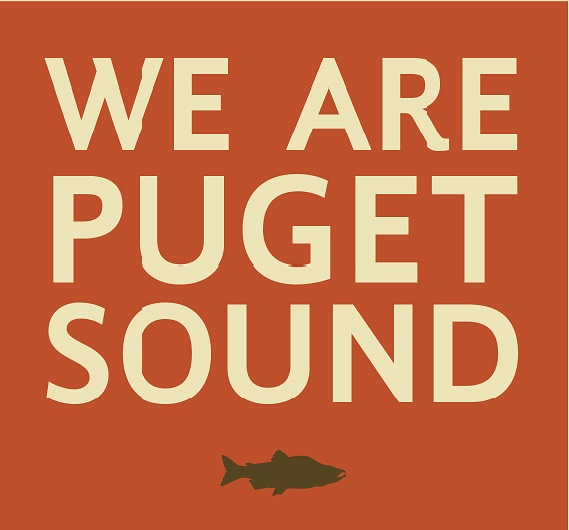Sunset at the pocket beach
Dani Schulman
My parents live in a high-rise building with no balcony. When Covid-19 hit, I moved in with them for an indefinite period of time. Immediately, I felt the lack of fresh air and green space, so I began to search for nearby outdoor getaways. On a roving downtown walk in early summer, I discovered Myrtle Edwards Park and its pocket beach on Elliot Bay. It has been my slice of sanctuary ever since.
The pocket beach is a great place to relax. Although the shoreline is just feet away from the busy train tracks that run next to Alaskan Way, the waterfront is quiet and calm. Dog-walkers, couples, and solitary visitors like myself spread out between the rocks and driftwood to watch the sunset. I always climb down as close to the water as I can to meditate. Before I close my eyes, I take in the coast of Bainbridge Island, sailing yachts and ferry boats crossing the Salish Sea, and the Olympic Mountains in shades of purple against a bright yellow sky.
My purple glittery roller skates at Myrtle Edwards
Behind the beach is a bike trail that runs through Myrtle Edwards Park north to Magnolia. On weekdays, I pull on my glittery roller skates and exercise there. Or rather, I try to. When I am not falling or about to fall, I can turn my head and catch a glimpse of the great views. Sights from the trail include the cranes towering above Harbor Island in the Industrial District, where the Duwamish Waterway meets Elliot Bay. The freight machinery built on Coast Salish land reminds me how much damaging change the land I skate on and its indigenous communities have suffered.
Now at the forefront of restoration efforts on their ancestral lands, the Duwamish Tribe is involved in multiple efforts to sustain Duwamish culture, reintroduce native vegetation, and protect fish and wildlife. [1] Below the sparkling surface of Elliot Bay, the water is filled with pollutants. Discarded pharmaceuticals and PCBs contaminate salmon, which are consumed by Southern Resident Orcas, an endangered species. At the waterfront entrance to Myrtle Edwards Park is a massive mural of the local orca pod. The mural is a reminder to care for the Salish Sea and all its human and more-than-human inhabitants. Fun fact: Pearl Jam’s lead vocalist Eddie Vedder helped the artist paint a few of the dorsal fins![2]
‘The Orcas of Puget Sound’ mural by Robert Wyland
The pocket beach at Myrtle Edwards offers a great place to relax, exercise, enjoy public art, and reflect on the history of my home and the threats it faces. Especially during Covid-19, I am deeply grateful to have a park within walking distance. My slice of sanctuary gives me hope for the future of urban green space. I envision a city with equitable access to shoreline parks for meditation and exercise, with views of a clean Salish Sea that supports local economies while safeguarding local species. Hopefully that dream can be realized here—maybe by the time I finally learn to roller skate!
[1] https://www.duwamishtribe.org/environmental-justice
[2] https://crosscut.com/2019/07/check-out-seattles-new-orca-mural-which-eddie-vedder-helped-paint




